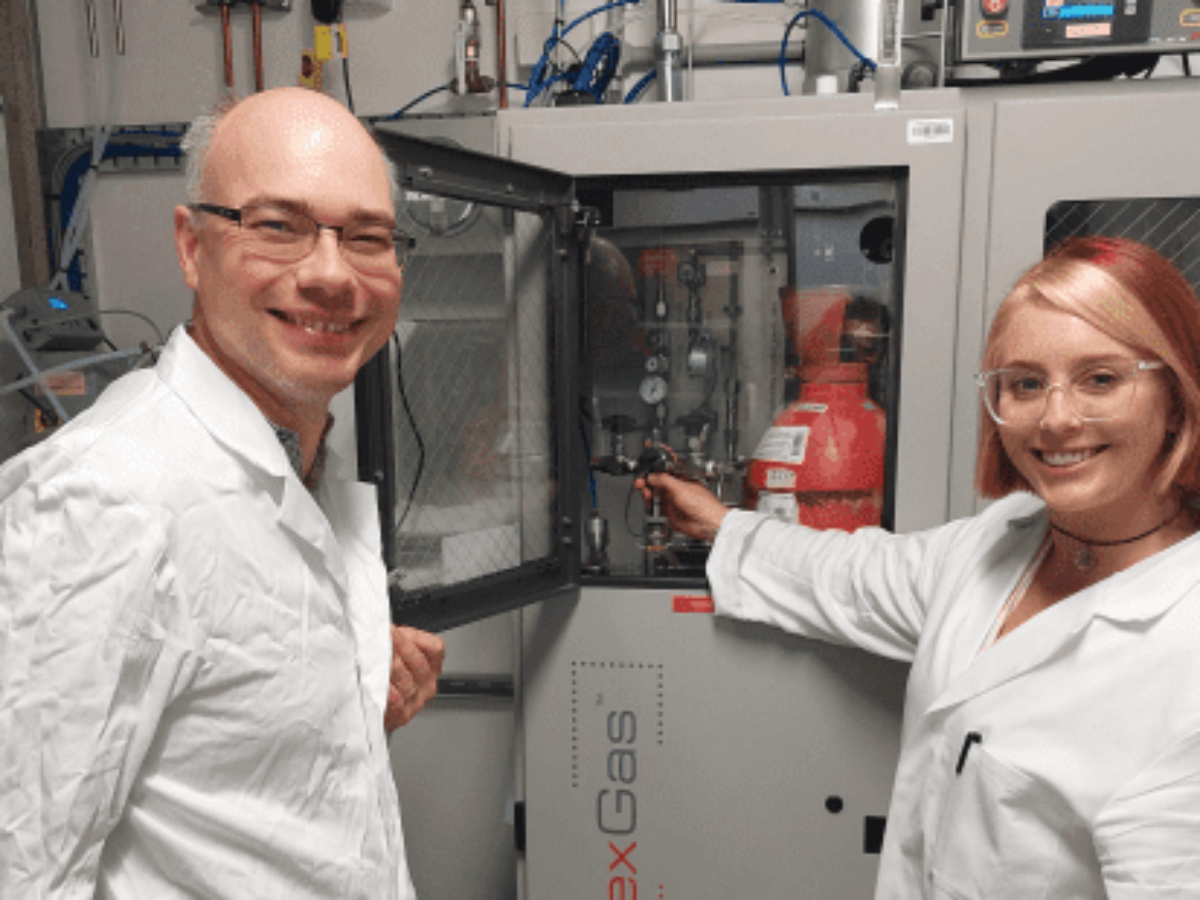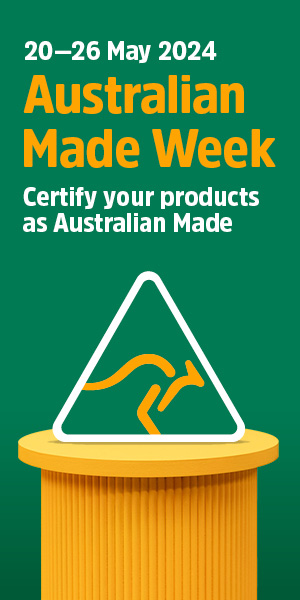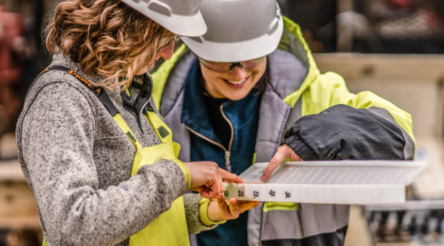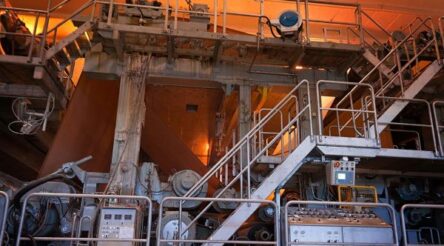UNSW team develops new “bottom-up” way to grow catalysts, with potential in more efficient fuel cells

University of NSW Sydney researchers have developed a new way to grow nanoscale materials, opening up the possibility for cheaper and more sustainable fuel cells.
Their paper in Science Advances details a way to create “interconnected hierarchical structures in 3D at the nanoscale”, the university said in a statement on Wednesday.
These structures were described as having a high surface area and high conductivity “due to the direct connection of a metallic core and branches” which were useful properties for an electrocatalyst supporting energy conversion reactions.
Professor Richard Tilley, Director of the Electron Microscope Unit at UNSW and senior author of the study, said that “to get the level of precision needed to assemble on the nanoscale, we needed to develop an entirely new bottom-up methodology.”
Tilley said that in a fuel cell or battery, a higher surface area for the catalyst meant a more efficient reaction in converting hydrogen into electricity.
The new chemical synthesis approach was able “to carefully grow hexagonal crystal–structured nickel branches on cubic crystal–structured cores to create 3D hierarchical structures with dimensions of around 10-20 nanometres.”
“This new method allows us to have excellent control over the conditions, which lets us keep all of the components ultra-small – on the nanoscale – where the unique catalytic properties exist,” added Dr Lucy Gloag, Postdoctoral Fellow at the university’s School of Chemistry.
The team is looking to modify the surface of the material with platinum in the next phase of research, a superior catalytic metal, though more expensive.
The paper can be accessed here.
Picture: Tilley and Gloag (supplied)
Topics Manufacturing News Technology
@aumanufacturing Sections
Analysis and Commentary Awards Defence Manufacturing News Podcast Technology Videos










